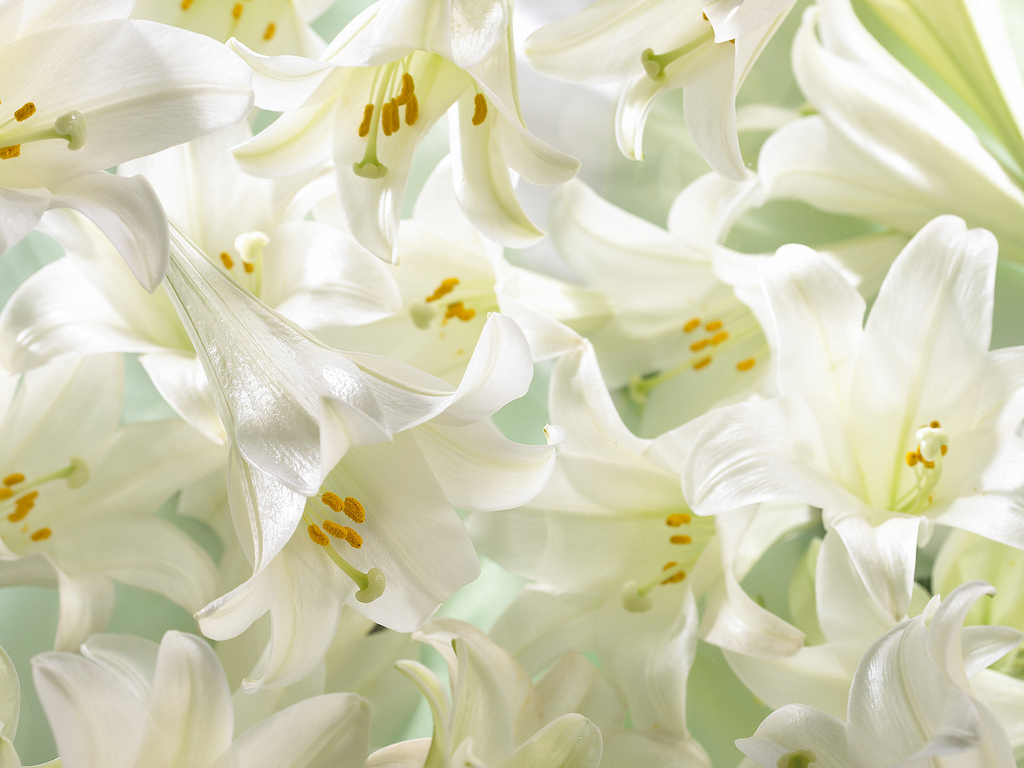
Bob’s Blog

Those Weird Names Scientists Use
Have you ever watched a gardening TV show only to have no idea what plants they're talking about because they use the Latin names? What are those names and why do scientists and professionals in the horticultural industry use them?

Apples: Making History Then & Now
The apple is the pomaceous fruit of the apple tree, species Malus domestica in the rose family (Rosaceae). It is one of the most widely cultivated tree fruits, and the most widely known of the many members of genus Malus that are used by humans. The tree originated in Western Asia, where its wild ancestor, the Alma, is still found today.

The Amazing Journey of Your Easter Lily
Along a few miles of the Pacific Coast at the Oregon and California border lies a unique area where the ideal combination of climate, soil, water and man has developed a product of deep meaning, beauty and tradition - the Easter Lily.

The Science of Fall Color
Fall is here. There is a bit of a chill in the air this week, and, here in the mid-Ohio valley, the leaves are starting to change. There are a few factors that cause the leaves of deciduous trees to change in the fall, and the science behind that change is pretty … cool.

Mini Maters
This year I went a little crazy with tomatoes. I have close to fifty plants in my garden. I had hoped for a bumper crop that I could freeze and can for future use, but this hasn’t been the best growing season. My tomatoes are ripening at a smaller size than typically expected and ripening more slowly at that. Also, some of them are developing splits in the skin are this last round of much needed rain.

What is Bean Rust?
Rust is a common disease that affects many plants. Bean rust is caused by Uromyces phaseoli typica, and it affects common dry and snap, lima, and scarlet runner beans.
